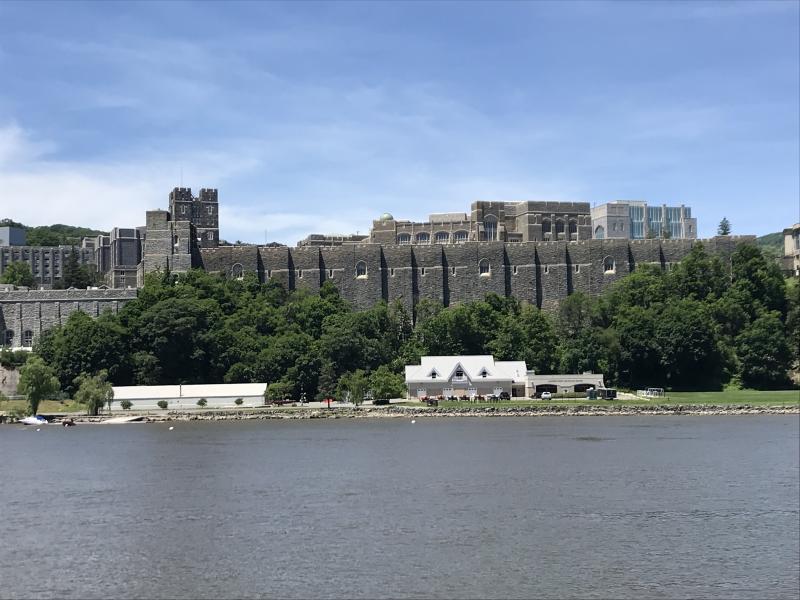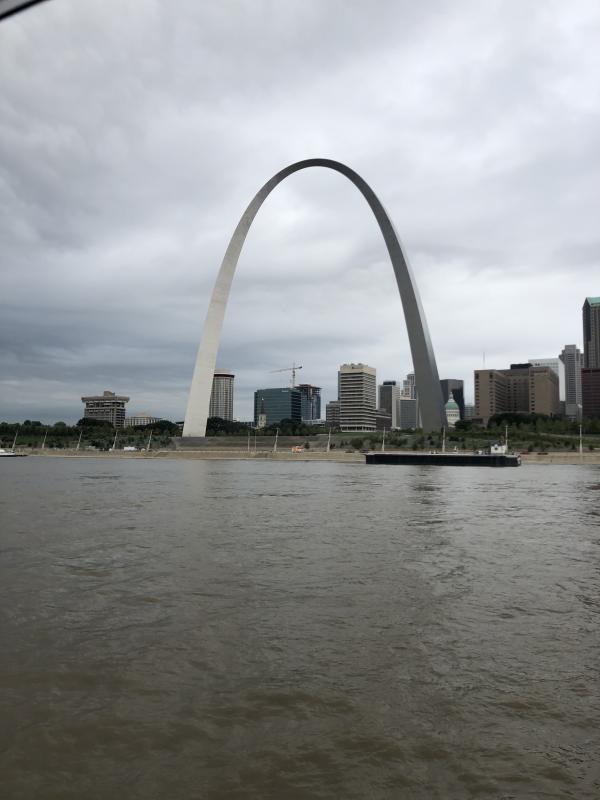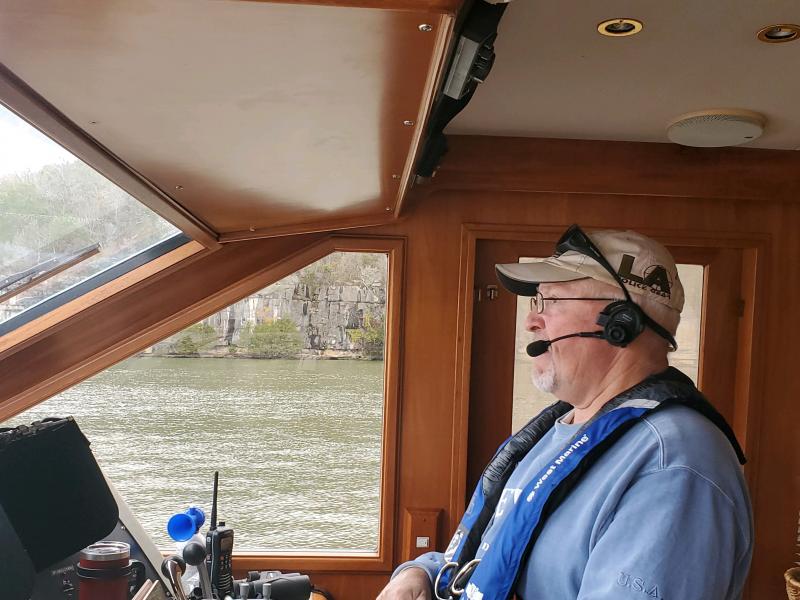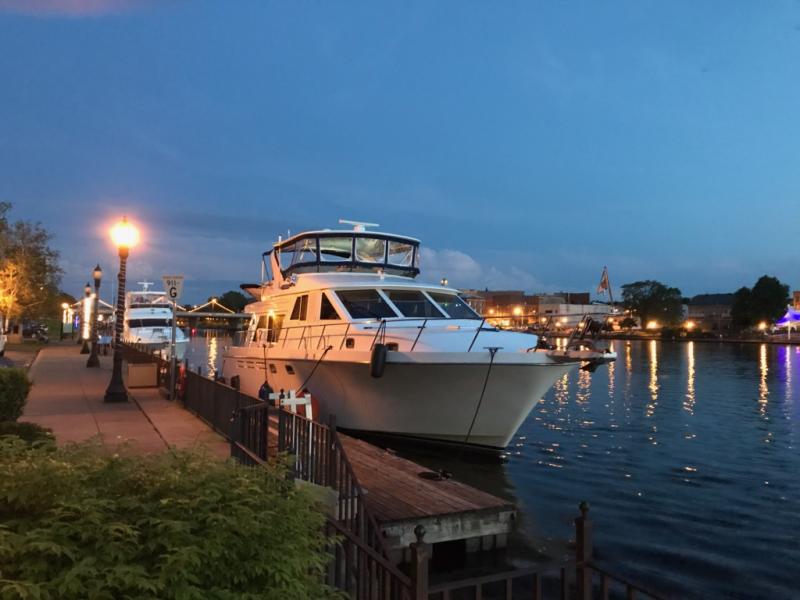Bill and Geni Stevenson: Living on the water is retirement
Bill and Geni Stevenson of Lewes are enjoying the sun and fun in Key West, Fla.
The couple is not living a traditional retirement, unless you consider living on your boat traditional. After the Stevensons retired two years ago, they sold their Lewes home and embarked on a dream of completing a feat few other boaters have accomplished.
Over a 10-month period covering 6,700 miles, they completed America's Great Loop aboard Patriot, their 55-foot Ocean Alexander 548 power boat. They started and ended in Key West, Fla., cruising from April 1, 2019, to Feb. 1.
“Growing up in Lewes, I was around boats my whole life, but nothing this size,” Bill said. Geni said they had to train up to the Ocean Alexander 548 by chartering boats in the Chesapeake Bay to fine-tune their skills.
While some boaters complete the loop in sections, the Stevensons made up their minds to make the journey within a year. “We didn't want to stop over winter, so we chased the sun all the way around,” Bill said.
It was the call of the Great Loop that lured them into boating to start their retirement. “We weren't sure where we wanted to retire, so we looked at the Great Loop as a chance to see some places we'd never seen before,” Bill said.
Along the route, they made numerous stops, mostly docking overnight in small towns.
They have joined an exclusive club, because only about 150 boaters do the Great Loop each year. They circumnavigated the eastern part of the United States and Canada going up the Atlantic Intracoastal Waterway, through the Chesapeake Bay and the C&D Canal linking the Chesapeake and Delaware bays, then around the tip of New Jersey into the Atlantic Ocean. They yachtted to New York City and up the Hudson River, which they considered one of the best legs of the journey, to Watertown, N.Y., where they entered the historic Erie Canal.
Bill said unfortunately their boat's height restricted how far they could travel on the canal because many of the bridges in the western section are fixed at 15 feet.
They traveled on the 28 locks of the Oswego Canal in New York to Lake Ontario and eventually to the St. Lawrence Seaway and into Canada on the 240-mile Trent-Severn Waterway to Georgian Bay in Lake Huron. They cruised to the border town Sault Ste. Marie, the farthest westerly point of their trip, before heading south back into the United States along the east coast of Lake Michigan.
“What a beautiful area,” Bill said. “The small towns were like Lewes with a lot of personality.”
They docked in Chicago for a week before cruising south on the Illinois River where they ran into commercial traffic. “There were a lot of barges and big locks. We were intermingled with all that traffic,” he said.
On the Midwest inland waterway phase of their trip, they yachted on sections of the Mississippi, Ohio and Tennessee rivers to Mobile Bay, Ala., and the Gulf of Mexico.
Most loopers choose this route over boating south on the Mississippi River to the Gulf of Mexico because of commercial traffic. “It was starting to get chilly, so we were glad to set south again and get into the saltwater environment. We were happy to see dolphins and pelicans again,” he said.
They took their time cruising off the coast of Alabama to Florida's panhandle before cruising south along Florida’s western coast with several stops, including Tampa, Sarasota, Venice Beach, and Punta Gorda. They waited for good weather before making the last leg back to Key West, finishing on Feb. 1.
“It was delightful,” Bill said. “We visited parts of America that you can't get to any other way than by boat.”
The couple has impressive backgrounds. Bill was a firefighter and paramedic for 25 years; the first Sussex County paramedic director; Delaware Emergency Medical Services director; Federal Emergency Management Agency disaster response team member, Department of Homeland Security; and professor at the National War College.
Geni was a psychotherapist, a registered nurse, and worked at FEMA disaster logistics.
Both are retired from the military as well. Bill retired as a colonel in Army Special Forces after 32 years, active and reserve, and Geni retired after 20 years as a major in Army Logistics and three years in the Navy.
Highlights of the trip
For Geni, one of the highlights of the trip was viewing the U.S. Military Academy at West Point as they cruised on the Hudson River in New York. “I still get goosebumps when I think about that,” she said. Seeing the Statue of Liberty from New York Harbor was also a highlight.
Bill said the Georgian Bay, part of Lake Huron in Ontario, Canada, was unbelievable. Often called the sixth Great Lake, Georgian Bay has more than 30,000 islands and more than 1,200 miles of shoreline. He said cruising through the Great Gorge on the Tennessee River was another highlight.
Bill said when the weather forecast included wind and bad weather, they stayed in port. However, they got caught in unexpected rough weather a few times, including in the southern Chesapeake Bay out of Norfolk, Va., in the Atlantic Ocean off New Jersey, and crossing Lake Michigan. “It was hard to get a good forecast there. But the weather is all part of it,” Bill said.
In the future
They plan to stay in Key West until April, then go to the Bahamas for two months, cruise around the Chesapeake Bay for two months, and return to Lewes for another two months.
The couple says they don't plan to live on their boat forever, and would like to accomplish at least one more loop – the 2,400-mile Down East Circle Route, which starts in New York City, goes up the Hudson, through parts of the Erie Canal to the Saint Lawrence River, around the Canadian Maritimes and south to the New England states of Maine, New Hampshire, Connecticut and Massachusetts.
Go to www.greatloop.org for more information.



.JPG)



















.JPG)








































